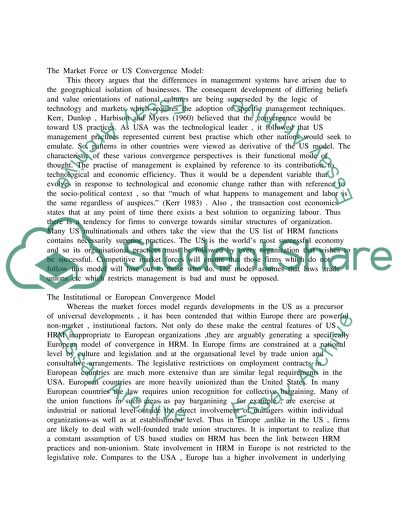Cite this document
(International Human Resource Management Coursework, n.d.)
International Human Resource Management Coursework. Retrieved from https://studentshare.org/human-resources/1527278-international-human-resource-management
International Human Resource Management Coursework. Retrieved from https://studentshare.org/human-resources/1527278-international-human-resource-management
(International Human Resource Management Coursework)
International Human Resource Management Coursework. https://studentshare.org/human-resources/1527278-international-human-resource-management.
International Human Resource Management Coursework. https://studentshare.org/human-resources/1527278-international-human-resource-management.
“International Human Resource Management Coursework”, n.d. https://studentshare.org/human-resources/1527278-international-human-resource-management.


